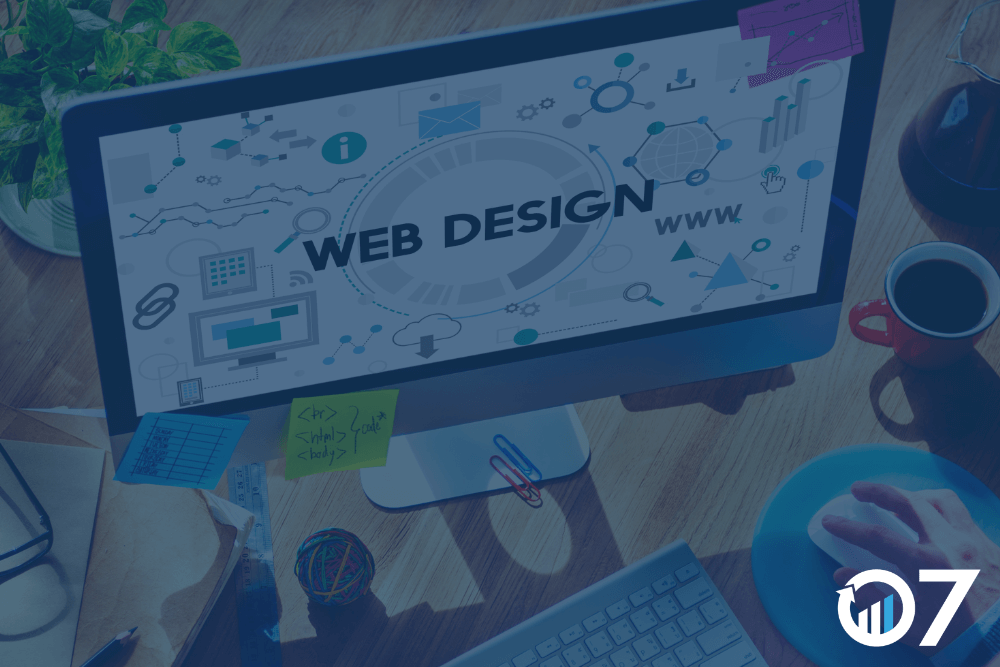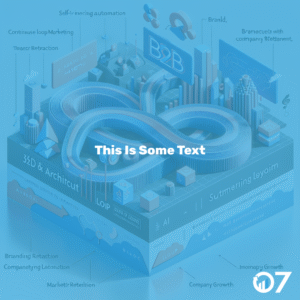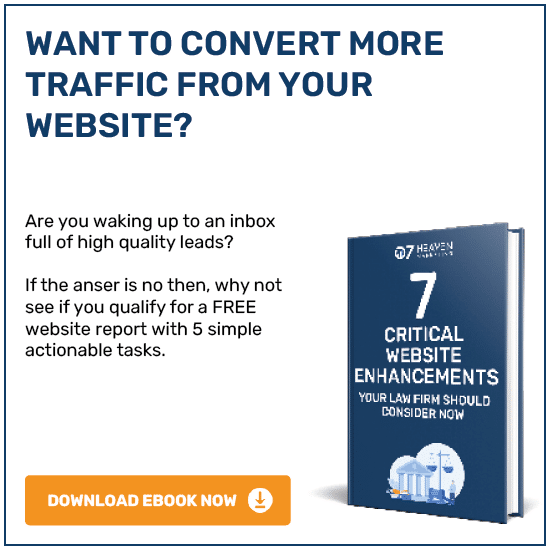Why website design is good not only sets the first impression but also significantly impacts your SME business’s growth. This article elucidates the undeniable benefits of investing in professional website design.
The Importance of Professional Website Design
In today’s digital age, your website acts as the virtual front door to your business. Understanding why website design is good is pivotal, not just for aesthetic appeal but for substantive business outcomes. Let’s delve into the aspects that underscore the necessity of professional website design for SME businesses.
First Impressions Matter: How design affects visitor perception
A visitor’s first impression of your website can make or break their perception of your brand. A professionally designed website conveys trustworthiness and credibility, elements crucial for retaining interest. The immediate visual impact, coupled with intuitive navigation, sets a positive tone, encouraging further exploration. Conversely, outdated or poorly designed websites may lead to quick dismissal, underscoring the importance of engaging, thoughtful design.
Moreover, the alignment of your website’s design with your brand identity reinforces brand recognition. A consistent theme, reflective of your brand’s colours, fonts, and style, creates a memorable experience. This cohesion ensures visitors not only appreciate the aesthetics but also connect on a deeper level with your brand’s ethos.
Mobile Responsiveness: Essential for reaching a wider audience
The shift towards mobile browsing has been undeniable, making mobile responsiveness not a luxury but a necessity. A website that adjusts seamlessly across various screen sizes and platforms ensures a broader reach and enhances user engagement. It’s about providing a consistent and accessible experience, regardless of how your audience chooses to interact with your site.
This adaptability also significantly impacts your SEO efforts. Search engines favour mobile-friendly websites, acknowledging the growing trend in mobile usage. By ensuring your website is responsive, you not only cater to user preferences but also improve your visibility in search engine results.
Loading Speed: The impact on user experience and SEO
The patience of online visitors has drastically diminished over the years, with loading times now a critical factor in user experience. A delay of mere seconds can lead to increased bounce rates and lost opportunities. Fast-loading pages enhance user satisfaction and significantly contribute to a positive first impression.
Beyond user experience, loading speed is a vital SEO ranking factor. Search engines aim to provide users with the best possible results, which include fast-loading websites. Optimising images, leveraging browser caching, and minimising code are among the strategies to improve your website’s loading times. Not only does this elevate the user experience but it also bolsters your site’s position in search results.
Building Trust with Your Audience
Gaining your audience’s trust is not just beneficial; it’s essential for the success of your SME business. A well-thought-out website design plays a pivotal role in this process, showcasing your professionalism and aligning with your audience’s expectations. Here we explore key aspects that underline the significance of website design in building trust and credibility.
Professionalism and Credibility: Why a well-designed website matters
A professional website design serves as a strong foundation for establishing trust and credibility with your audience. It reflects your business’s attention to detail, commitment to quality, and respect for visitors. A design that incorporates clean layouts, easy navigation, and quality content communicates reliability and professionalism, persuading visitors that your business is trustworthy.
Furthermore, incorporating elements like testimonials, certifications, and awards can enhance credibility. These components act as social proof, reinforcing your business’s accomplishments and expertise. A website that combines aesthetic appeal with credible content becomes a powerful tool in converting visitors into loyal customers.
User Experience (UX) Design: Enhancing usability and satisfaction
User experience (UX) is at the heart of building trust through website design. A website that is easy to navigate and understand ensures that users find what they are looking for without frustration. This positive interaction fosters trust and increases the likelihood of users returning to your site.
Good UX design involves understanding your audience’s needs and preferences to create a tailored experience. This might include a logical page hierarchy, clear calls-to-action, and a responsive design that looks great on any device. An investment in UX is an investment in your audience’s satisfaction, encouraging them to engage more deeply with your content and services.
Content Strategy: Aligning design with your brand message
Your website’s content strategy should seamlessly integrate with its design to communicate your brand message effectively. This alignment ensures that every element on your site, from the images used to the tone of the copy, reinforces your brand identity and values. A cohesive content strategy not only improves readability but also enhances the perception of your business as organized and focused on delivering value.
Compelling and relevant content will keep your audience engaged and coming back for more. By providing useful information, answering common questions, and solving problems, your website becomes a trusted resource. Remember, a website that resonates with its audience is more likely to build lasting relationships.
Enhancing Your Brand Identity
A strong brand identity is the cornerstone of any successful SME business. Your website is a powerful tool in this regard, offering a unique opportunity to showcase your brand across various platforms consistently. This section explores how professional website design can significantly enhance your brand identity, making your business stand out in a crowded marketplace.
Consistency in Design: Strengthening your brand across platforms
Consistency in your website’s design elements, such as logos, fonts, and colour schemes, reinforces your brand identity and fosters recognition among your audience. It’s about creating a seamless experience for your visitors, no matter where they interact with your brand. This consistency not only strengthens your brand’s presence but also builds trust with your audience, as they come to know what to expect from your brand.
This unified approach should extend beyond the visual elements to include the tone of voice and messaging across all platforms. Ensuring that your brand’s personality shines through in every aspect of your design and content strategy is key to creating a cohesive brand experience. A consistent brand identity is easier for customers to remember and recognize, increasing the likelihood of their return and recommendation.
Color Scheme and Typography: Influencing brand perception and recall
The choice of color scheme and typography plays a significant role in how your brand is perceived. Colors can evoke emotions and set the tone for your website, influencing how visitors feel about your brand. Typography, on the other hand, affects the readability of your content and can also convey personality. Together, they contribute to your overall brand identity and can significantly impact brand perception and recall.
Selecting a color scheme that aligns with your brand’s values and message, and choosing typography that is both legible and characterful, are crucial steps in creating a distinctive and memorable brand identity. These elements should be applied consistently across all digital assets to reinforce brand recognition and ensure a cohesive brand experience.
Imagery and Visual Elements: Crafting a memorable brand experience
Imagery and visual elements such as icons, illustrations, and videos, when used thoughtfully, can greatly enhance your brand identity and create a more engaging user experience. These visual cues help tell your brand’s story and convey complex ideas quickly and effectively. Custom imagery, in particular, can set your website apart from competitors and give your brand a unique voice.
The key is to choose visuals that complement your brand identity and resonate with your target audience. Whether it’s through stirring emotions, illustrating products in action, or simply adding aesthetic value, the right imagery can make your website—and by extension, your brand—more memorable. This not only captivates your audience but also encourages deeper engagement with your content.
Driving Business Growth
In the competitive digital landscape, a well-designed website is a crucial asset for driving business growth. It’s not just about looking good; it’s about functional design that engages, converts, and retains customers. In this section, we’ll explore how strategic design elements, optimised for conversions, SEO, and leveraging analytics, can significantly impact your SME business’s bottom line.
Conversion Optimisation: Design elements that encourage action
Conversion optimisation is the art of designing your website in a way that encourages visitors to take specific actions, such as making a purchase, signing up for a newsletter, or filling out a contact form. Key design elements play a pivotal role in this process, including the placement of call-to-action (CTA) buttons, the use of contrasting colours to draw attention, and the strategic use of whitespace to reduce clutter and focus the visitor’s attention on important content.
Moreover, simplifying the navigation and checkout process can significantly enhance the user experience, making it easier for visitors to convert. Each element of your website should guide visitors towards your desired action, using clear, persuasive language and visible, accessible buttons. Remember, the goal is to make the path to conversion as seamless as possible.
SEO and Visibility: How design impacts your search engine ranking
The design of your website has a direct impact on its visibility in search engine results. Search engines favour websites that provide a great user experience, which includes fast loading speeds, mobile responsiveness, and easy navigation. Incorporating SEO best practices into your website’s design, such as optimised images, proper use of headings, and keyword-rich content, can significantly improve your search engine ranking.
Additionally, creating a site map and using schema markup can help search engines better understand your website’s structure and content, further enhancing your visibility. By prioritising SEO in your website design, you’re not just making your site more appealing to visitors; you’re making it more discoverable to potential customers searching for your products or services online.
Analytics and Improvement: Leveraging design for insights and growth
Website analytics offer invaluable insights into how visitors interact with your site, which can inform strategic design improvements. By monitoring metrics such as bounce rate, page views, and conversion rate, you can identify areas of your website that may be hindering user experience and subsequently, business growth.
Leveraging this data, SME businesses can make informed decisions about design changes, whether it’s tweaking the layout, adjusting the navigation, or refining the content. Regularly reviewing and updating your website based on analytics ensures that your site remains effective and continues to support your business objectives.
In this comprehensive guide, we’ve explored the vital components of website design and its pivotal role in the success of SME businesses. From establishing a strong first impression to enhancing your brand identity, and from driving growth through conversion optimization to leveraging analytics for continuous improvement, each element underscores the importance of a well-thought-out website design.
Key takeaways include:
- The critical role of first impressions in visitor retention and the significance of professional website design in establishing credibility.
- The necessity of mobile responsiveness and fast loading speeds for a broader reach and improved user experience.
- The impact of a cohesive content strategy and consistent design elements on strengthening your brand identity across platforms.
- The importance of conversion optimization, SEO best practices, and the use of analytics in driving business growth and making informed design improvements.
Have you considered how these elements apply to your own website? Are there areas where you could enhance your online presence to better support your business goals?
For further insights into the power of professional website design and how it can transform your SME business, we invite you to visit our blog at https://07hm.co.uk/blog/. Here, you’ll find a wealth of information and tips to help you navigate the digital landscape.
If you’re ready to take your website to the next level or have any questions about getting started, don’t hesitate to contact us at info@07hm.co.uk or give us a call at 01702 410663. Our team is dedicated to crafting bespoke website solutions that not only look great but also drive results.
For more detailed information on the best practices in website design and how it can benefit your business, consider exploring authoritative sources like Smashing Magazine, a leading resource for web design and development.
In closing, remember that your website is often the first point of contact between your business and potential customers. Making it count with a design that’s both appealing and functional can set you apart in today’s competitive market. How will you enhance your website design to better reflect your brand and meet your business objectives?






